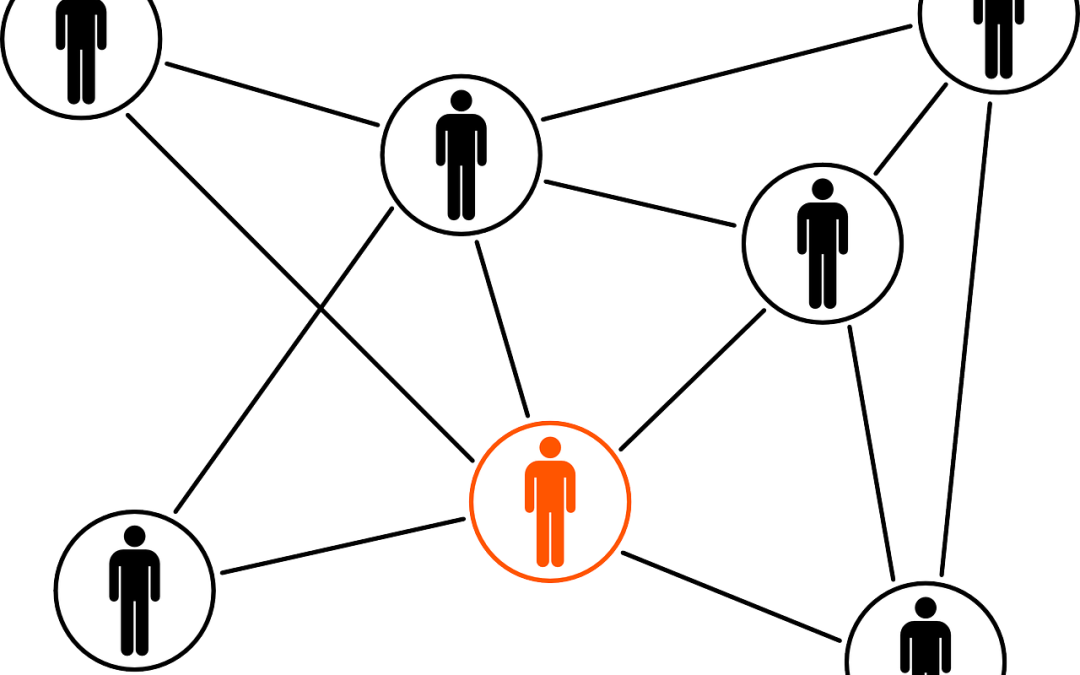
by Beth Strathman | Apr 22, 2021 | external processes, leadership, purpose & mission, team, values
High-performing teams take seriously how well they create value for their stakeholders. The best teams know what their stakeholders need and expect from them. Here are some things to keep in mind as you focus on understanding your critical stakeholders, both inside...

by Beth Strathman | Oct 27, 2020 | adaptive leadership, alignment, appreciation, behavior, collaboration, ego, executive, external processes, failure, fallibility, focus and priorities, goal execution, humility, internal processes, leadership, leadership skills, learning, mindset, performance, professional development plan, psychological safety, psychological safety, purpose, purpose & mission, self-awareness, success, team, team environment, team leader, vulnerability
In the U.S., most people are taught from an early age to be individually competent and independent. It’s no wonder that most of your employees have some difficulty in knowing how to work effectively within a team. Here are five things you can do to forge a collective...

by Beth Strathman | Aug 24, 2020 | collaboration, commitment, communication, ego, evolve, external processes, focus and priorities, goal execution, internal processes, leadership, learning, productivity, psychological safety, purpose, purpose & mission, team, team environment, trust
How does a sense of team emerge where the whole is prioritized over the individual, especially in Western cultures where the emphasis is on the individual? A team is a specific type of group where individuals come together to accomplish a shared purpose. In a team,...




